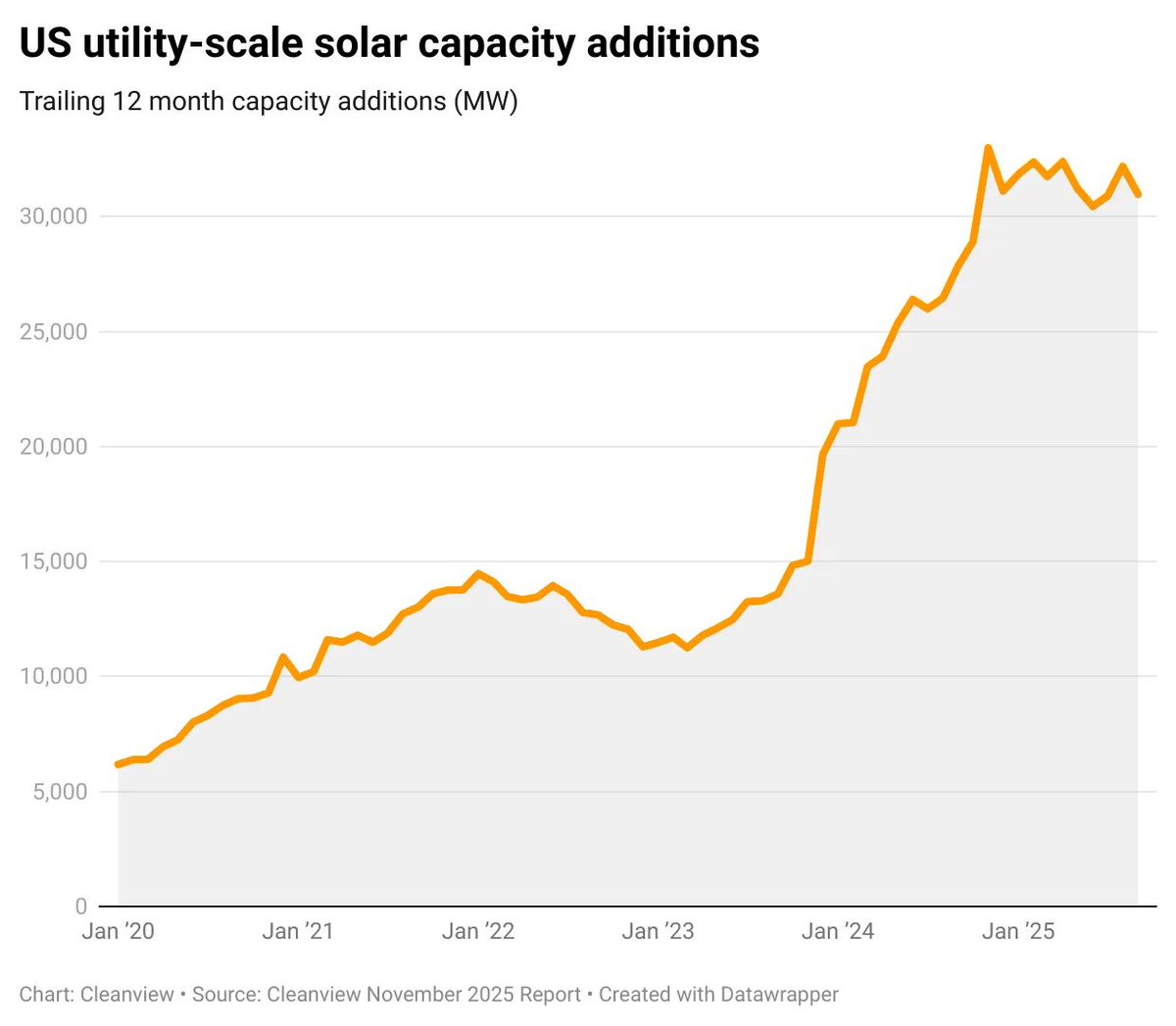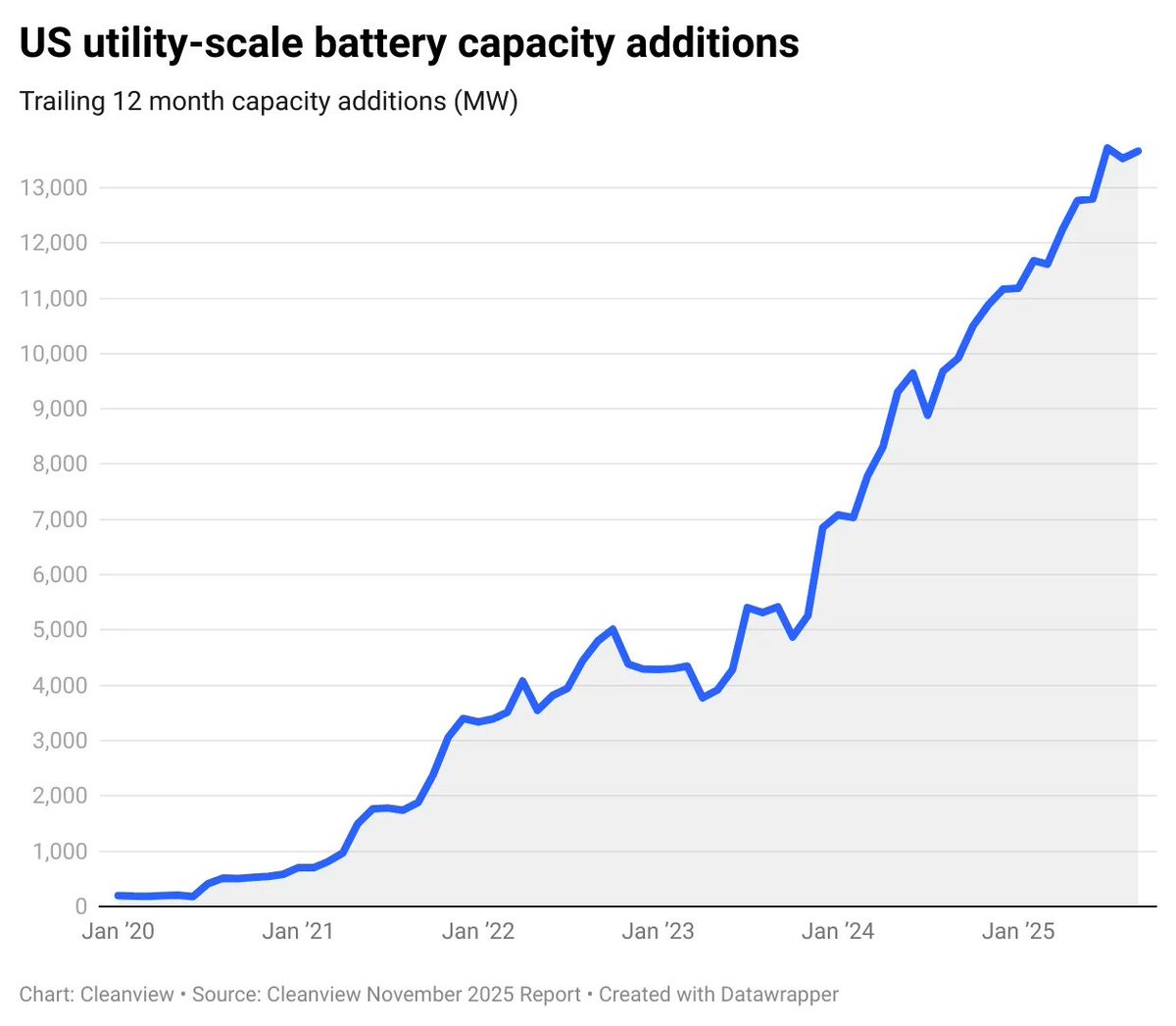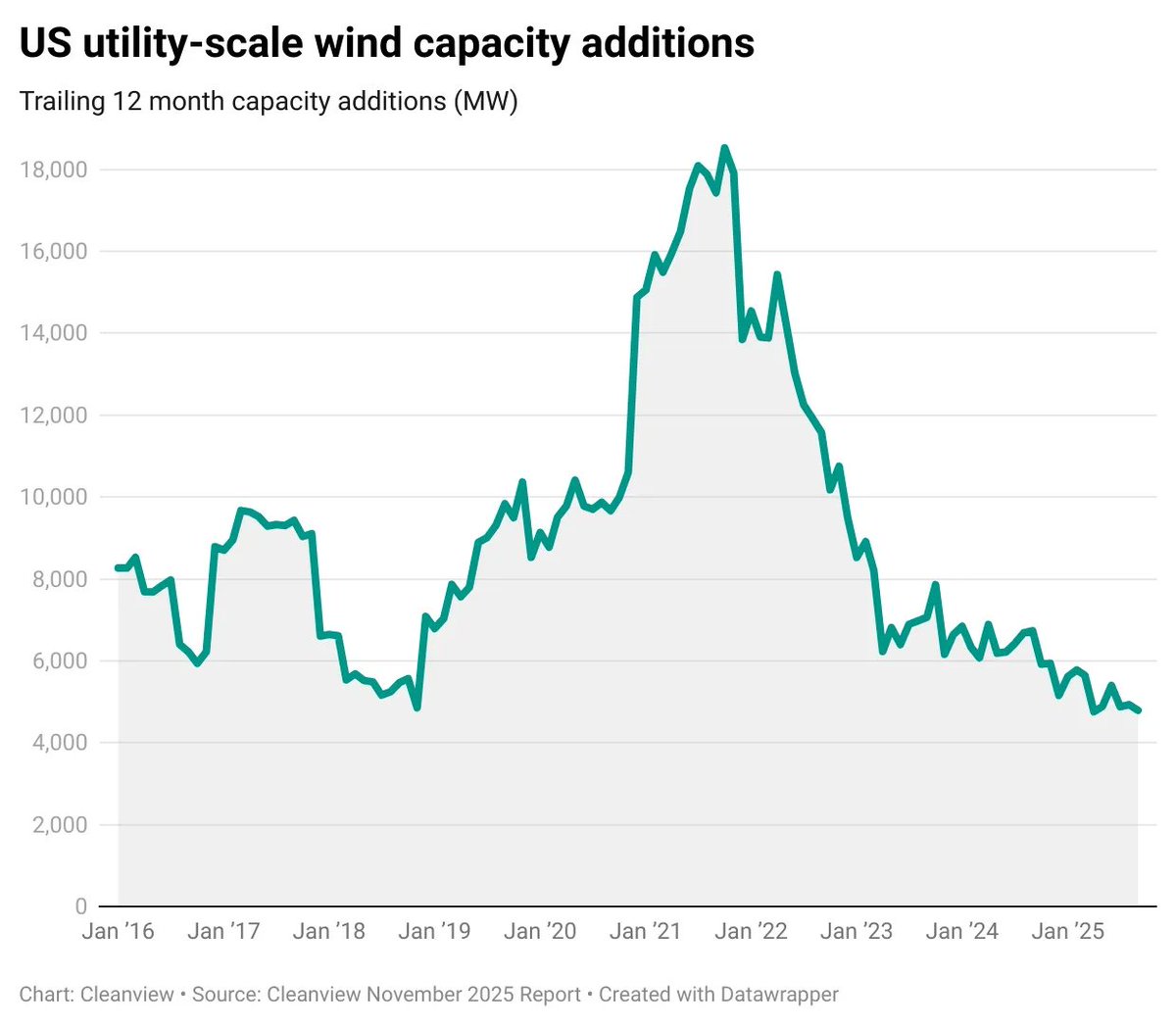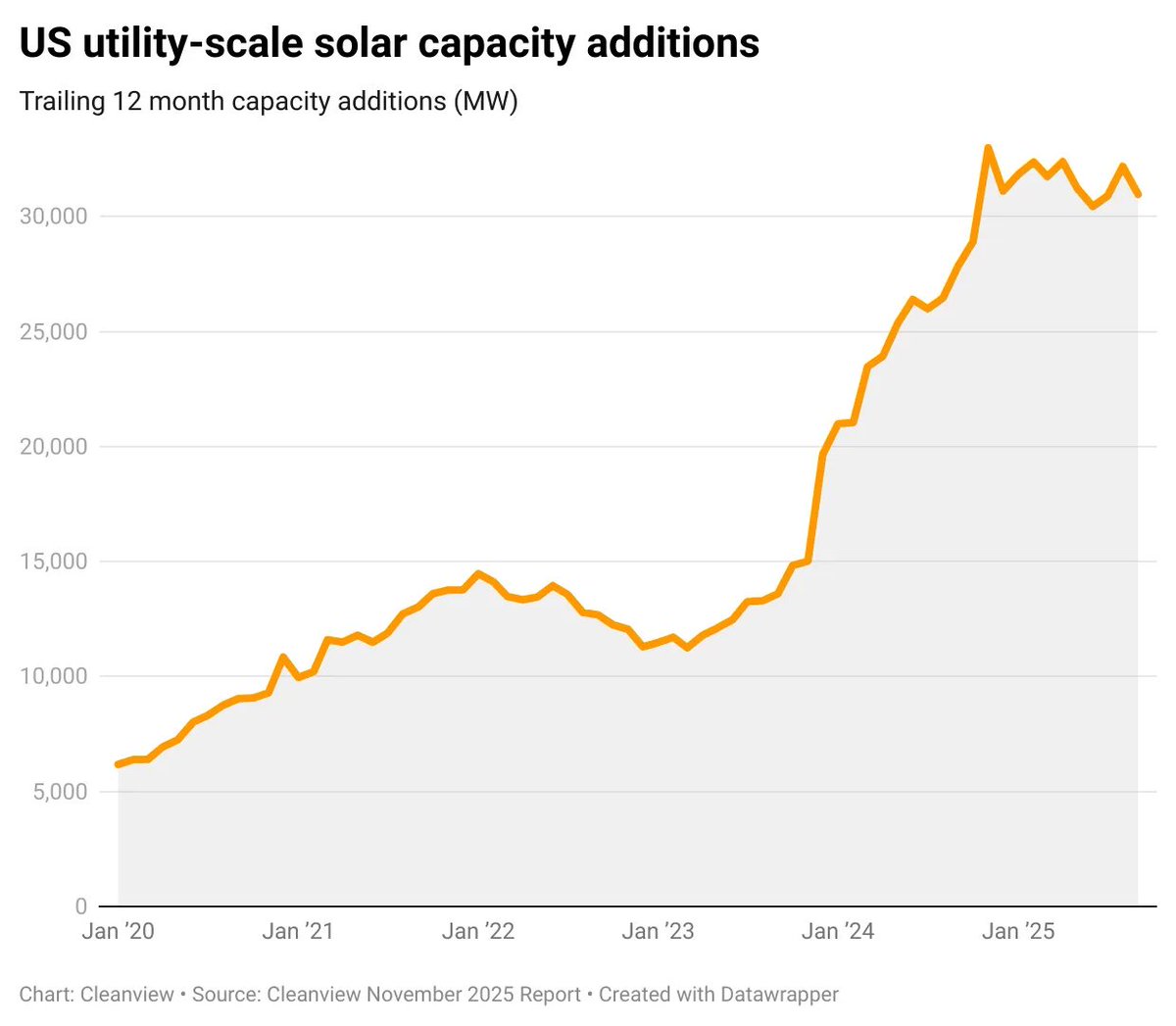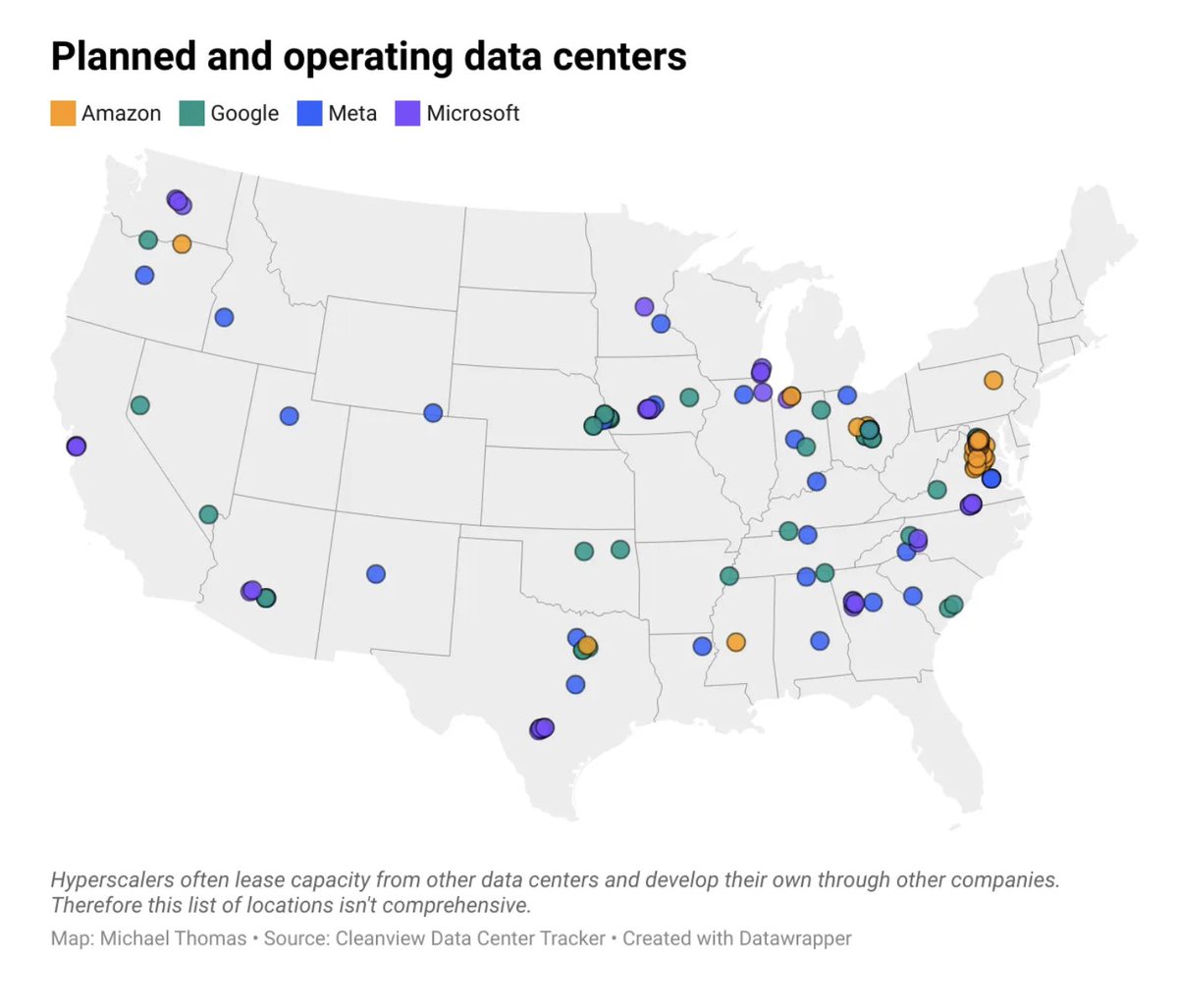I guess #COP26 is a good occasion to announce that my team and I at Campfire Labs just gave a $60,000 grant to @theclimatevote.
Here's why I'm excited about what they are building:
Here's why I'm excited about what they are building:
The single most effective #climate action anyone can take is advocating for policy change.
@theclimatevote makes that easy (and surprisingly fun).
Every week they host an hour of action. A bunch of us get together and learn from experts like the good folks at @ProjectDrawdown.
@theclimatevote makes that easy (and surprisingly fun).
Every week they host an hour of action. A bunch of us get together and learn from experts like the good folks at @ProjectDrawdown.
After learning about a policy or issue we get to work.
We send personalized emails to legislators. We make calls. And we set up meetings with our reps.
In my second hour of action I set up a meeting with a US Senate staffer to talk about climate!
We send personalized emails to legislators. We make calls. And we set up meetings with our reps.
In my second hour of action I set up a meeting with a US Senate staffer to talk about climate!
There are a few things that make Changemakers different than traditional advocacy organizations:
1. They put volunteers to work.
Most organizations cultivate donors and use the money to hire paid lobbyists.
Changemakers turns their volunteers into the lobbyists.
1. They put volunteers to work.
Most organizations cultivate donors and use the money to hire paid lobbyists.
Changemakers turns their volunteers into the lobbyists.
2. They go beyond "Clicktivism."
None of these ALL CAPS emails asking you to "chip in $5" or send a canned email.
Changemakers shows you how to send emails that legislators actually read.
And they never ask volunteers for money.
None of these ALL CAPS emails asking you to "chip in $5" or send a canned email.
Changemakers shows you how to send emails that legislators actually read.
And they never ask volunteers for money.
In my experience there's only two real antidotes to climate anxiety: action and community.
@theclimatevote offers both.
If you're looking to feel a little less anxious and get to work, come join us for an hour of action - climatechangemakers.org
@theclimatevote offers both.
If you're looking to feel a little less anxious and get to work, come join us for an hour of action - climatechangemakers.org
• • •
Missing some Tweet in this thread? You can try to
force a refresh


